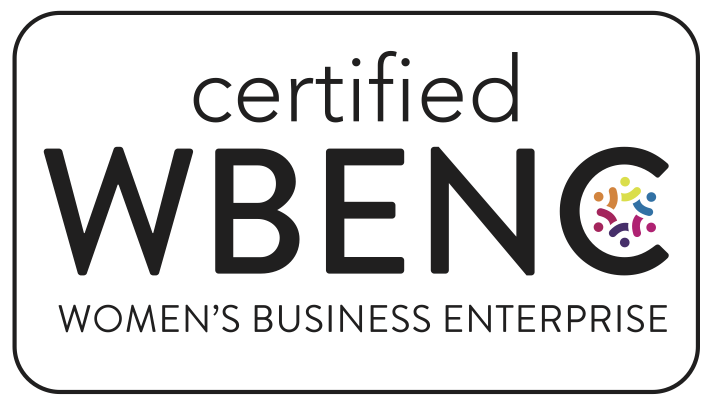The Society for Human Resource Management defines a performance improvement plan (PIP) as “a tool utilized specifically to provide employees with an ‘opportunity to succeed,’ rather than lose their job.”1 The two key features of a PIP, a timeline for improvement and documentation of performance-related discussions, make it useful for any anyone in an organization, regardless of their position (executive, entry-level, etc.) or what type of performer they are (overachiever, underachiever, etc.).
A PIP should be used for developmental reasons, when certain performance goals need to be met or certain behaviors need to be changed in order to promote a successful and harmonious workplace. Organizations utilize PIPs, in partnership with an employee’s manager, in order to provide that employee with a clear path to success. Particularly in a difficult or limited candidate market, PIPs are best utilized as a retention tool to reengage and improve an employee’s performance before the relationship between the employee and employer is beyond repair. Unfortunately, PIPs aren’t always used for their intended purpose.
In early 2022 LinkedIn News published a LinkedIn post by an Amazon employee who was “PIPed” in retaliation for seeking a transfer to a different department within his company.2 In the replies to that post, many people shared their negative connotations of PIPs. Some wrote that they saw PIPs being used to “manage an employee out” of an organization, rather than to provide developmental opportunities to address goals or performance. In fact, some respondents described their own experiences of meeting (or even exceeding) expectations, only to be placed on a PIP when there were internal disagreements or frustrations.
With these controversies in mind, should organizations abolish the use of performance improvement plans altogether? Or is it possible for HR professionals to improve the PIP process so that PIPs can better serve employees?
Why Use a PIP?
As organizations take a closer look at how they utilize PIPs, it’s important to first ask why a PIP might be necessary. Is the employee in question failing to meet performance goals? Or is a behavior-related concern affecting the workplace? A performance improvement plan may be appropriate under these circumstances, as long as the intended result is an achievable improvement in a reasonable amount of time.
If the answer to the “why?” question is “to terminate a person’s employment” or “to encourage an employee’s resignation,” then the PIP is being misused. Sometimes organizations use PIPs when they don’t have other ways to discipline or manage poorly performing employees who aren’t a good fit for the company. In those cases, the correct solution isn’t a performance improvement plan; instead, the company should develop and implement a clearly laid out warning and discipline process.
The Language of PIPs
Some managers use a PIP because it doesn’t come across as a disciplinary action when they’re really trying to manage someone out the door. The use of PIPs to punish (instead of to encourage improvement), however, has given PIPs such a bad reputation that employees who receive one sometimes suspect that their termination is imminent and immediately start looking for other roles.
To alleviate employee concerns and underscore the real goal of a performance improvement plan, managers should consider changing their language. Instead of calling it a “performance improvement plan,” for example, maybe they should call it an “individual development plan.” After all, its goal is to refocus both the manager and the employee on the person and their individual success, rather than solely on performance. (And with this framing, this tool can be used for anyone at any time—not just when there’s a need for a marked performance improvement.) By asking questions such as “How do you want to improve?” and “How do you want to grow?” managers can shift the implication of performance improvement plans from “impending termination” to “invested growth.”
Sometimes, though, a manager’s goal truly is to encourage an employee to consider another career path or to cut ties with the organization. In those cases, it’s important for the manager to clearly define the language they plan to use while having an honest conversation with the employee and implementing a disciplinary form. Ensuring that the process includes an escalating series of written and verbal warnings, performance meetings, and deadlines will make terminations easier from a documentation and expectations perspective.
The Use of Feedback
It’s uncomfortable to have frank conversations about performance, and most people prefer to look away until a situation becomes too bad to ignore. Too many managers fail to give feedback and instead expect their employees to be mind readers. Managers owe it to their employees to coach and develop them before it’s too late.
It’s important to deliver the feedback (whether good or bad) as soon as possible after the event that prompts it, but how that message is delivered can have a huge impact on how it’s received. If the feedback comes from a place of genuine care about the person and a desire to help them improve (their performance, their approach, their level in the company, or some other aspect of their job), that sincerity should come across clearly. Using a coaching tone, rather than a disciplinary tone, in this conversation encourages the employee to become invested in their own improvement rather than fear being “caught doing something wrong.” It’s critical to assess and respect the difference between corrective action (which doesn’t have to be negative) and disciplinary procedures.
A Powerful Tool
In this candidate-driven market, it’s difficult for companies to find the talent they need to continue to grow their businesses. When used correctly, performance improvement plans can be effective retention tools by helping managers fully utilize their employees and elevate them to greater heights. As organizations continue to assess their tools for employee relations and development, they should also reevaluate how they use performance improvement plans and disciplinary action to best support their employees and their companies’ strategic goals.
1 SHRM. Undated. “Performance Improvement Plans (PIP).” SHRM website, www.shrm.org/resourcesandtools/tools-and-samples/exreq/pages/details.aspx?erid=586.
2Laura Entis. 2022. “‘PIPs’ under Fire.” LinkedIn,www.linkedin.com/news/story/pips-under-fire-5236060/.

